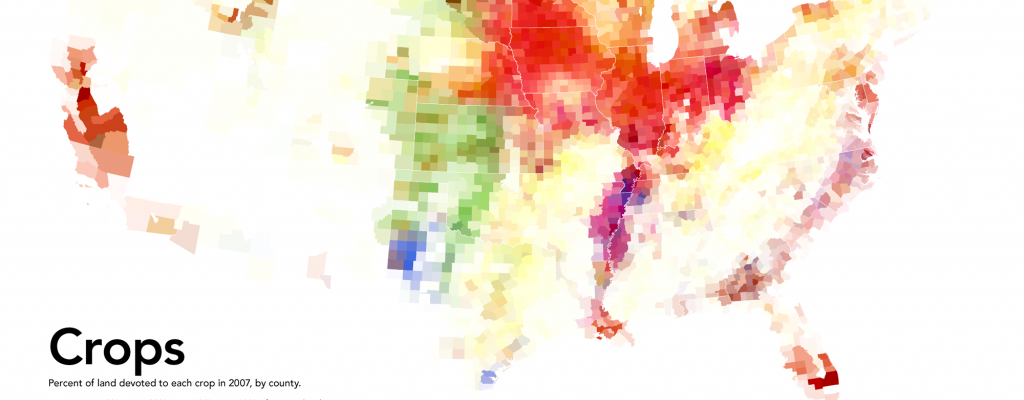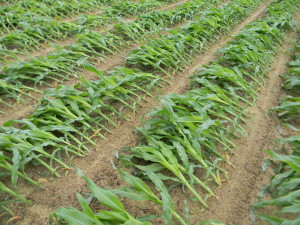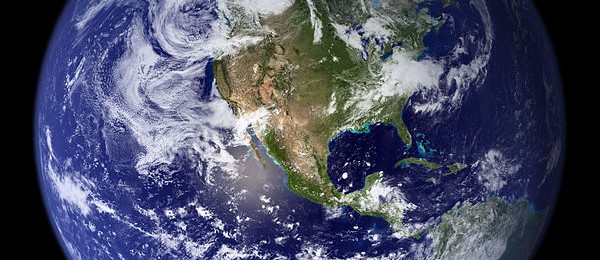August 2017
-

Here is a very interesting article about how the percentage of land in agriculture across the world has changed over time. If you look at the changes in cropland in the Southeast, you can see decreases in the coastal plains and increases in other areas. Not too surprising, since forested land is not considered to…
-

AgWeb had a short but interesting article this week about how variable weather this year is making it hard for market watchers to predict how much corn and other grains are likely to be produced this year. Yields are hardest to predict for dryland crops, since they depend so much on the patterns of rainfall…
-

If you’ve been following the news you may have heard about a draft report produced as part of the National Climate Assessment, which is required by the federal government ( I believe it started during the presidency of President George H. W. Bush) to update its findings on climate in the US every four years.…
-

The University of Vermont published the results of a study of farmers in the Northeast and what they think about risks due to changes in climate that have occurred over time and may occur in the future. In this study, Vermont farmers identified many site-specific risks that they associate with weather fluctuations and climate change.…
-

Food & Wine produced a story earlier this week about how the weather in the wine-growing regions of Italy this year has caused serious decreases in the yield of the wine grapes. According to the story, “Coldiretti (the Italian farmers association) blames the low yields on what it called “bizarre” weather, with many areas experiencing…
-

Here’s an odd and interesting story about how scientists in Mussolini’s Italy used the protein casein in milk to make an artificial wool-like fiber that could be turned into clothing. This new milk fiber was dubbed lanital (a compounding of lana, meaning wool, and ital, from Italia). You can read about it and watch a…
-

While dry weather is not a problem for most parts of the Southeast this year, in the past it has caused problems for livestock producers. This year the problems are worst in the upper Plains where drought has expanded rapidly. Drovers Newsletter has a good reminder of how blue green algae, nitrates and prussic acid…